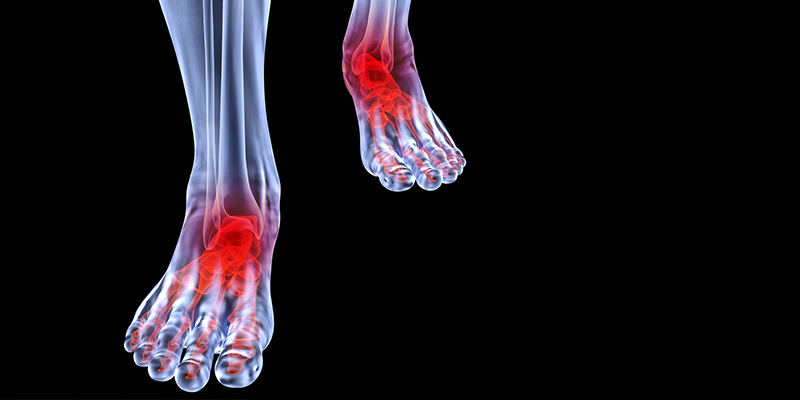Welcome To The Horizon Rehab Blog
Horizon Rehabilitaton is totally committed to providing our patients with the best therapy offerings. To continue that commitment, we have established this new blog to help give you another way of connecting with our business. Our goal is to provide you with great information related to a wide variety of health and wellness topics. These topics will be centered around new products, services we provide, industry news, tips and advice to help you live life to the fullest.
Every month, you can check the Horizon Rehab Blog to find something unique that we hope will help you while also improving your everyday health. We will provide you with topical information that we hope will help you learn something and give you another tool to make sure you stay in good health.
Based on the topics of each individual blog post, we will also provide you with links to some resources you may find helpful and best suited to the topic of the day. Our hope is to not only provide you with the information you need about a certain topic, but to also provide you additional resources that will aid you in staying healthy while also helping your rehabilitation be more successful.
This blog was created to benefit you, our customers. We value all of you and hope that you find the information in our blog interesting and useful. Be sure to check back regularly for updates. From all of us here at Horizon Rehabilitation, we appreciate your business and look forward to interacting with you soon!










